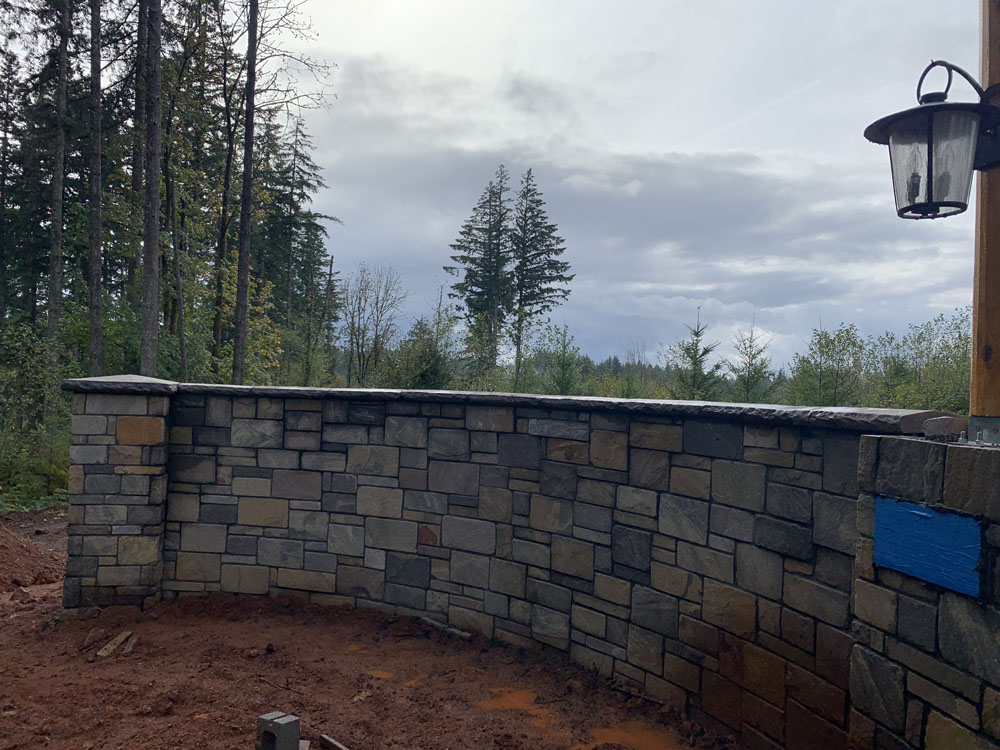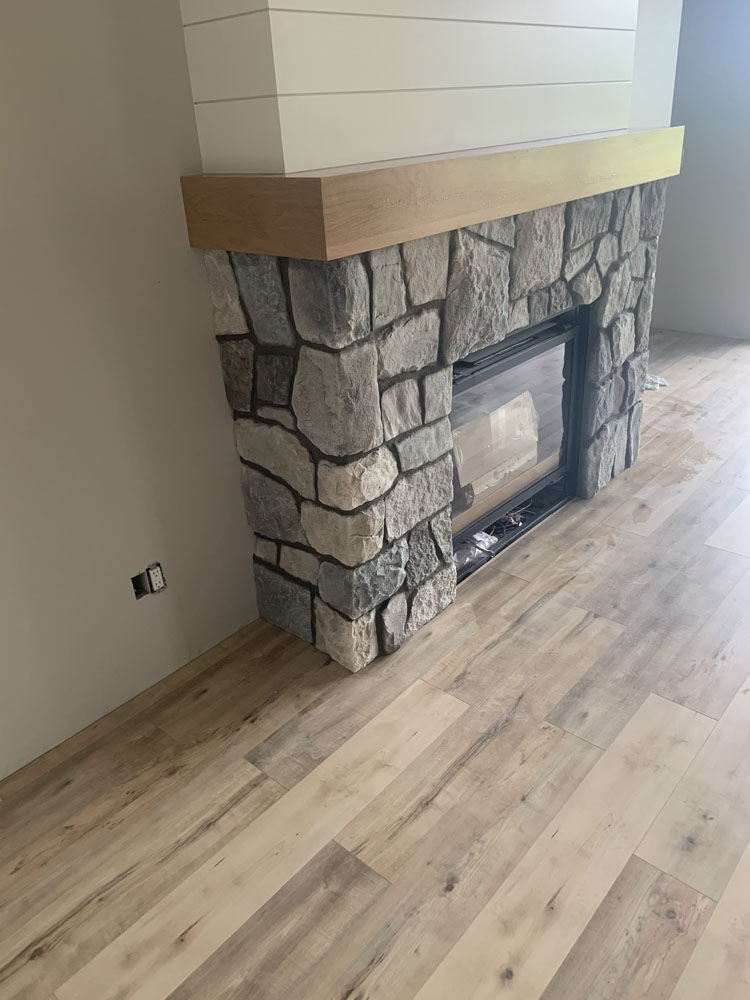Introduction
When it comes to landscape design, the integration of water features and walkways can create a harmonious and tranquil environment. Imagine strolling along a beautifully crafted stone walkway, surrounded by the soothing sounds of flowing water, or perhaps enjoying the sight of a graceful fountain set against a backdrop of colorful greenery. Not only do these elements enhance your outdoor space's aesthetic appeal, but they also contribute to its overall functionality and ambiance.

In this article, we will explore the nuances of integrating water features with your stone walkway design. We'll delve into various types of water features, how they can complement different styles of walkways—be it masonry walkway, stone walkway, or brick walkway—and provide you with practical tips and ideas to bring your vision to life. So, if you're ready to transform your outdoor space into a serene oasis, keep reading!
The Importance of Walkways in Landscape Design
Why Are Walkways Essential?
Walkways serve multiple purposes in landscape design. They guide visitors through your outdoor space while providing safe and accessible paths. Additionally, they help define areas within your yard, leading you from one point to another smoothly.
Types of Walkways: A Quick Overview
Stone Walkways: Known for their durability and natural beauty. Masonry Walkways: Often made from brick or concrete; they can offer a modern touch. Brick Walkways: Classic and timeless; they add charm and character.Each type has its unique advantages, allowing homeowners to choose according to their personal style and landscape needs.
Integrating Water Features with Your Stone Walkway Design
Integrating water features with your stone walkway design can create an atmosphere that is both inviting and relaxing. Water has an innate ability to calm the mind and spirit; thus, when paired with the rugged elegance of stone pathways, you achieve a harmonious balance that enhances your outdoor experience.
Types of Water Features That Complement Walkways
Fountains
Fountains are versatile additions that can be placed at various points along a pathway or as focal points at the entrance or exit. Their gentle sound adds tranquility while serving as visual attractions.
Ponds
A pond can be an expansive feature that provides habitat for wildlife while creating stunning reflections on its surface. Surrounding it with stones creates continuity between the pond and walkway.
Waterfalls
Waterfalls offer dynamic movement and sound that can energize or soothe depending on their size and placement. A small waterfall cascading into a pond adjacent to a stone walkway adds drama without overwhelming the senses.
Design Considerations for Blending Water Features with Walkways
Choosing the Right Location for Your Water Feature
When planning where to place your water feature in relation to your walkway, consider factors such as visibility, accessibility, and interaction potential. You want visitors to engage with both elements without feeling crowded.
Balance Between Hardscape and Softscape Elements
It's essential to strike a balance between hardscape (walkway) and softscape (plants around water features). Use plants that thrive near water but don’t obstruct pedestrian pathways.

Material Selection for Stone Walkways
Natural Stone vs. Manufactured Stone
Natural stone offers uniqueness in color and texture while manufactured options tend to be more uniform but cost-effective. Both choices can work well alongside various water features.
The Role of Brick in Enhancing Aesthetic Appeal
Brick walkways bring warmth and familiarity to outdoor spaces. When combined with classic masonry fountains or ponds, they evoke traditional European gardens.
Creating Pathway Dynamics Through Curves & Lines
Curvilinear Pathways Enhance Flowing Water Features
Curved walkways lead visually appealing lines toward water features like ponds or fountains, enhancing visual interest while creating natural flow throughout the landscape design.
Straight Lines for Modern Aesthetics
In contrast, straight pathways provide clean lines that match contemporary designs often found in urban settings—ideal for geometric fountains or minimalist ponds.
Utilizing Edging Techniques for Seamless Integration
Edging Options That Work Well With Water Features
Edging materials like wood, metal strips, or natural stones help define spaces while keeping mulch Masonry Contractor or soil contained around plants bordering the pathway’s edge.
Creating Transitions Between Different Areas of Your Yard
Use edging strategically where walkways meet water features by introducing textures that transition smoothly from hardscapes (like stone) into softer landscapes (like gardens).
Enhancing Safety Around Stone Walkways Near Water Features
Slip-Resistant Materials Are Key!
Safety should always come first! Choose slip-resistant materials for both walkways and any surrounding surfaces leading up to pools or ponds—this ensures peace of mind when navigating wet areas.
Lighting Considerations Around Water Features
Good lighting not only enhances aesthetics but also increases safety levels during nighttime navigation alongside pathways leading toward illuminated fountains or ponds—a must-have!
Maintenance Tips For Your Integrated Design
Regular Cleaning And Upkeep For Fountains And Ponds
Keep fountains clear from debris like leaves; regularly check filters if applicable! For ponds—maintain healthy aquatic life by controlling algae growth through pumps!
Seasonal Adjustments To Your Pathway Design
Consider seasonal changes when selecting plants nearby! Opt for perennials that bloom at different times throughout each year while ensuring stones remain stable despite weather conditions!
FAQs About Integrating Water Features With Your Stone Walkway Design
What type of materials are best suited for combining walkways with water features?- Natural stones like granite or slate work beautifully alongside any formality level desired; brick offers warmth too!
- Regularly inspect pumps/filters; clean surfaces weekly from debris accumulation!
- Absolutely! Just ensure proper waterproofing techniques are followed!
- Select perennial varieties which thrive near moisture yet won’t impede foot traffic along paths!
- Yes! Slip-resistant surfaces & good lighting are essential components when designing integrated spaces!
- Consider factors like sunlight exposure & wind direction—these affect both aesthetics & function significantly!
Conclusion
Integrating water features with your stone walkway design is about creating an inviting atmosphere where nature thrives harmoniously alongside architectural elements. By carefully considering placement options, material choices—and ensuring safety—you'll craft an oasis that's not only visually stunning but also functional year-round! Whether opting for serene ponds lined by lush greenery or vibrant fountains gracing pathways amidst charming bricks—the possibilities are endless!
Let inspiration flow freely as you embark on this exciting landscaping journey! With thoughtful planning at every stage—from concept creation through implementation—you’ll cultivate spaces everyone cherishes—even long after sunset casts shadows over tranquil waters reflecting moonlight above!